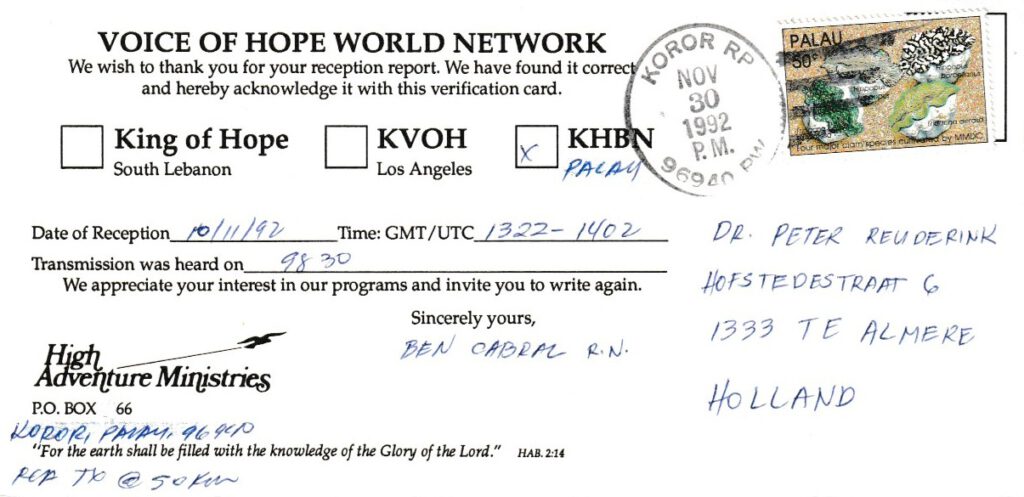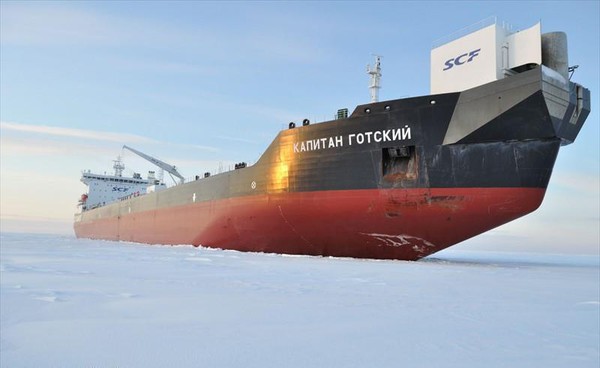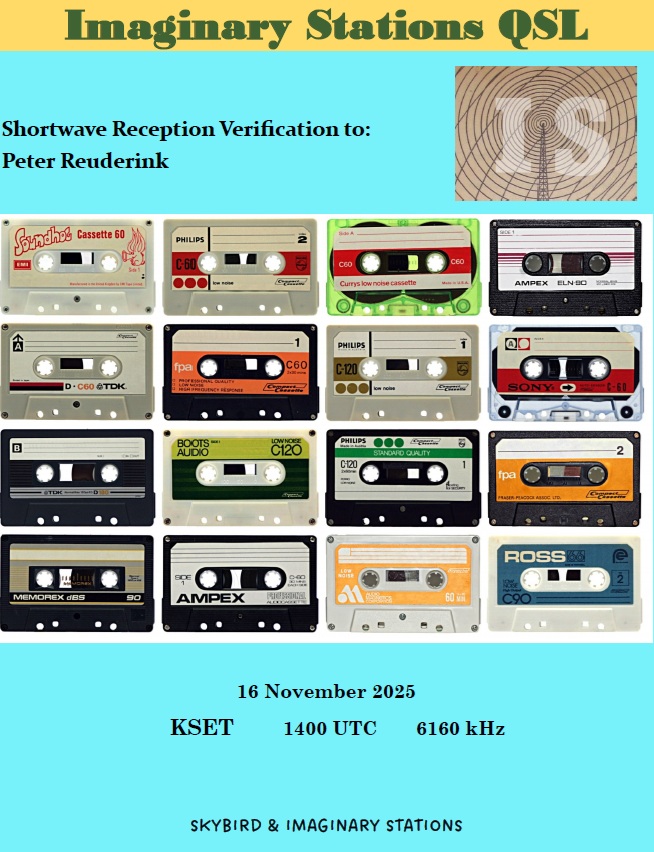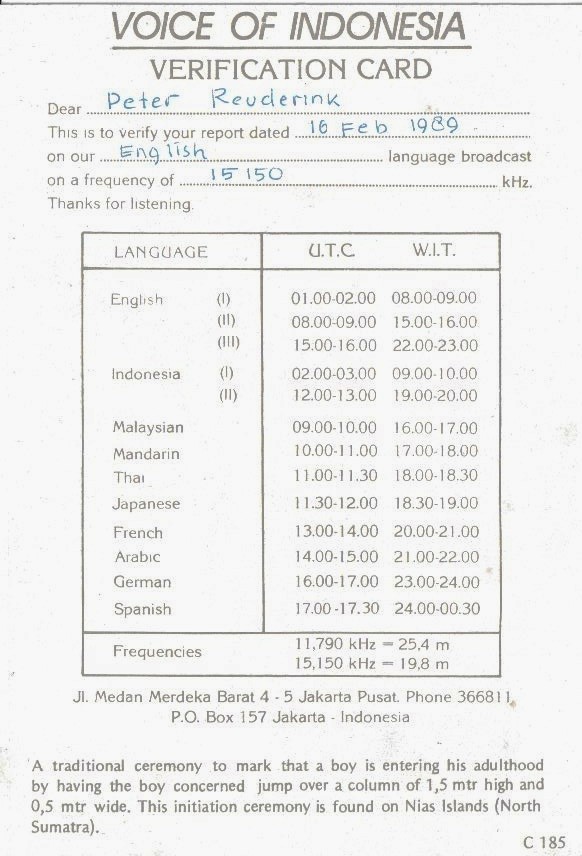
A nice fully detailed eQSL from T8WH Hope Radio, broadcasting from Palau. Mrs Deborah Anderson answered my reception report via their website in a day. Palau is an archipelago of 340 islands, islets and atolls. Only eight of the islands are inhabited.


The construction of the shortwave station started in the 1980s initiated by High Adventure Ministries (founded by George Otis Sr.), a U.S.-based Christian organization. As construction was delayed by environmental concerns High Adventure Ministries rented air time at AWR Guam before the Palau site was completed in 1991. They operated under the callsign KHBN (sometimes referred to as T8BZ later). The station used transmitters sourced from other sites, including older RCA units from HCJB in Ecuador and possibly a Harris unit from the U.S. Early plans considered Guam or even a ship-based facility, but the project settled in Palau. It broadcast evangelical Christian programming, primarily targeting Asia.


Around the early 2000s the station was acquired by LeSea Broadcasting (later Family Broadcasting Corporation) under Dr. Lester Sumrall. It became part of World Harvest Radio International (WHRI), operating as Angel 3 (T8WH) and Angel 4 (T8BZ), with multiple 100 kW transmitters. The site in Medorm featured curtain antennas directed toward East Asia, Southeast Asia, and Northeast Asia. Programming focused on English-language Christian content, reaching China and other restricted areas, with some brokered time for other ministries. World Harvest Radio closed the Palau site on October 27, 2019, ending its shortwave operations there (and consolidating elsewhere)

In September 2020, the facilities were acquired by MFC Ministries (led by Apostle Joe Perozich), which relaunched it as Hope Radio. Test transmissions resumed in late 2020 (e.g., on 9930 kHz), and it continues to broadcast Christian programming to Southeast Asia and beyond.The site remains active as of late 2025, making it one of the few remaining shortwave relay stations in the Pacific focused on religious content. No major government or secular international broadcasters (like Radio Australia or Voice of America) have historically used this specific transmitter; earlier references to such relays appear to be misidentifications.


























